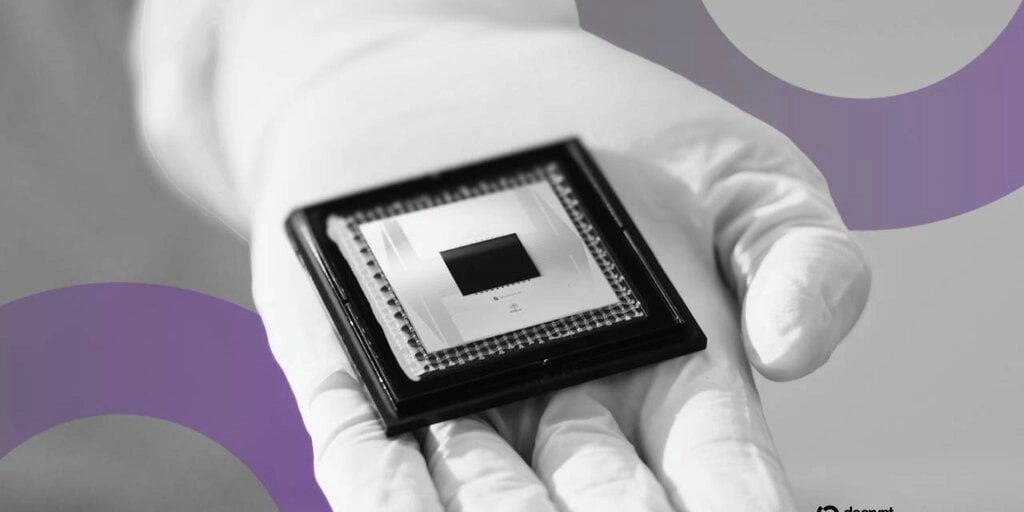IBM has made a significant leap in quantum computing by successfully entangling 120 qubits, bringing the implications for Bitcoin’s encryption into sharper focus. This breakthrough, detailed in their recent paper titled “Big Cats: Entanglement in 120 Qubits and Beyond,” represents the most stable and advanced entangled quantum state achieved to date, which could one day threaten the very foundation of modern cryptography.
The researchers achieved a fidelity of 0.56 for the newly created Greenberger-Horne-Zeilinger (GHZ) state, confirming genuine multipartite entanglement across all qubits, a crucial step toward creating fault-tolerant quantum computers capable of executing complex algorithms. Such capabilities could potentially crack the encryption that secures Bitcoin.
IBM’s team employed advanced techniques involving graph theory and circuit strategies to suppress noise and enhance the stability of the entangled qubits. This development comes as a response to the rapidly advancing competition in the tech space, as companies like Google continue to push the boundaries of quantum computing. While Google’s recent 105-qubit Willow chip demonstrated remarkable computing power, IBM’s latest achievement reestablishes its leadership in the quantum domain.
The GHZ state is named after Schrödinger’s thought experiment—a testament to its theoretical underpinnings in quantum physics. The ability of these qubits to exist in superposition—where each qubit can simultaneously represent multiple states—creates a coherent system that is sensitive to imperfections. This allows GHZ states to serve as benchmarks across various quantum platforms.
Although the breakthrough does not pose an immediate threat to Bitcoin, as current quantum computers lack the necessary capacity to exploit such vulnerabilities, the trend is concerning. Project 11 has noted that approximately 6.6 million Bitcoin could be at risk from quantum attacks. This includes the coins attributed to Bitcoin’s creator, Satoshi Nakamoto, which remain untouchable and therefore create a dilemma regarding their fate in a prospective quantum future.
As IBM aims to develop fault-tolerant quantum systems by 2030, the urgency surrounding quantum threats to digital assets increases. The advancements in quantum computing signal a turning point in how we might need to approach Bitcoin’s security and encryption methods in the near future.
________
At Crypto Dummies, we strive to demystify the complexities of the cryptocurrency world for enthusiasts of all levels. Through insightful articles, guides, and analysis, we cover topics ranging from blockchain technology to market trends and investment strategies. Stay informed and empowered with Crypto Dummies – your go-to source for accessible crypto knowledge.



